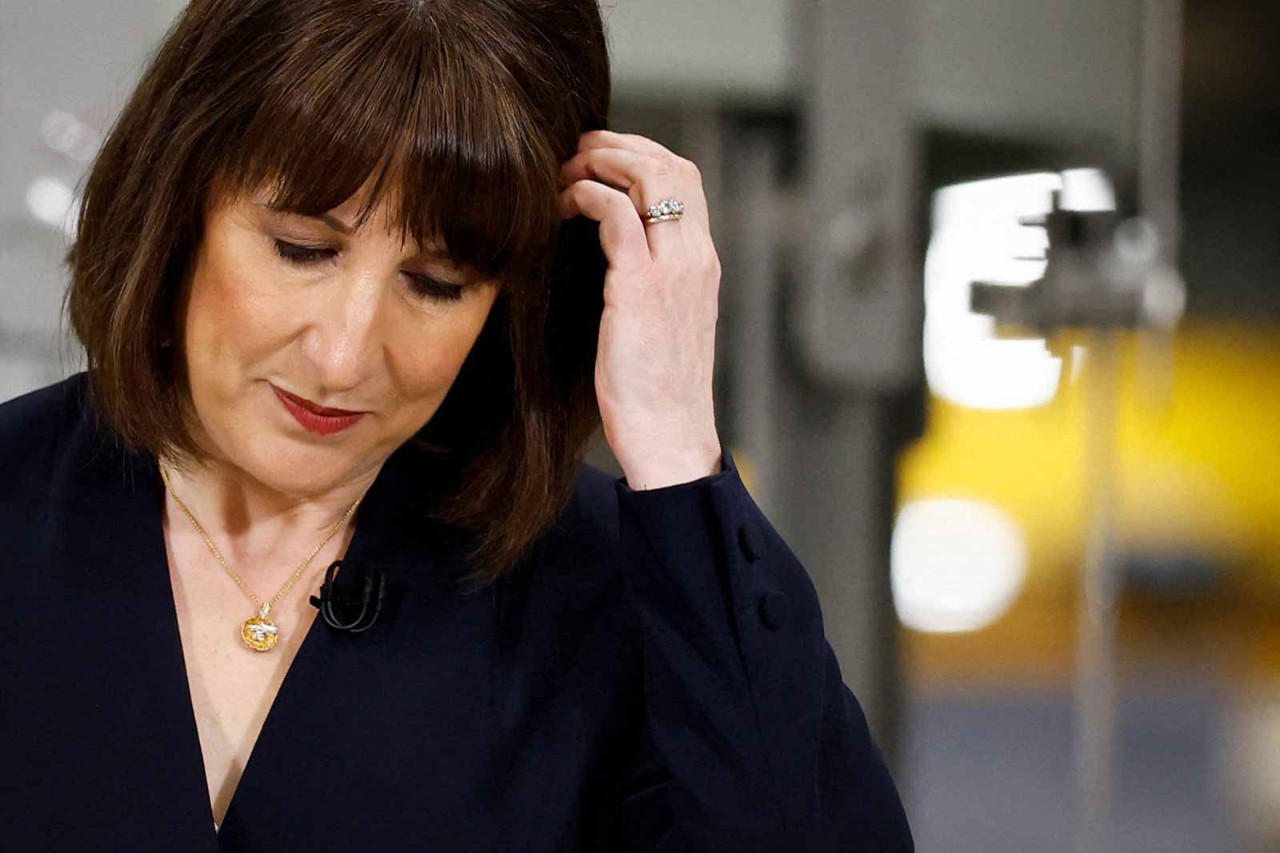
Tax advisers are not marketing experts, but if they provide their services to UK retailers, they should be familiar with the ways that products are advertised to consumers. The reason is simple: how an item is held out for sale can affect its VAT treatment.
The recent ruling of the UK’s first-tier tribunal (FTT) on three protein powders sold by Global by Nature clearly highlights the point. The FTT found that these products were not sports drinks and so could be sold as VAT-free food items (in line with the taxpayer’s argument).
But it added that if the ‘statutory interpretation’ of the tribunal was wrong, one of the three would be subject to VAT at 20% because it would fall in the category of ‘sports drinks that are advertised or marketed as products designed to enhance physical performance, accelerate recovery after exercise or build bulk, and other similar drinks’. These are standard-rated items.
Items can be standard rated or zero rated depending solely on how they are held out for sale
Baking vs eating
Where food or drinks are concerned, the UK’s Value Added Tax Act and the VAT guidance produced by HMRC stipulate that several items can be standard rated or zero rated depending solely on how they are held out for sale.
As with sports drinks, this is curiously true for dried fruit: marketed as for ‘snacking and home baking’, it is VAT free; if it is advertised as ‘confectionery’, it is subject to VAT at 20%.
Chocolate body paint can be zero rated provided that it is ‘held out for sale solely for culinary use’
Chocolate products are similarly peculiar. Although popular items such as bars of chocolate are standard rated with no exceptions, chocolate body paint, for example, can be zero rated provided that it is ‘held out for sale solely for culinary use’, as explained by HMRC.
Getting to know your customers is certainly important, but if you sell baking soda for home cooking purposes, getting in touch with your tax advisers can save your customers some money (or increase your margins). The adviser would explain that baking soda may be sold VAT free only if it is clearly marketed as a baking ingredient.
Child sizes
In the case of clothing and footwear, these can be zero rated if they are designed as such, not made of fur, and intended and suitable only for young children.
Nappies can be sold VAT-free if they are for use by babies or young children
The first two conditions are quite straightforward to meet and assess; the same cannot be said of the latter. How can you reasonably determine whether something has been designed specifically and solely for young children or babies in a situation that is not clear cut? You guessed it right: it’s about how they are held out for sale.
HMRC states that the concept of ‘holding out for sale’ where items of clothing or footwear are concerned should be considered ‘where other tests cannot give a proper conclusion’.
HMRC’s VAT Notice 714 provides several examples. For a start, nappies (which in the VAT world are articles of clothing regardless of whether they are disposable or reusable) can meet all the conditions to be sold VAT free only if they are labelled or advertised exclusively for use by babies or young children. The same is true for bonnets or school hats: if you don’t market them as purely and solely suitable for children, VAT becomes chargeable.
HMRC goes even further in the case of belts, braces, gloves, scarves and collars (among other items), which may be zero rated irrespective of size, provided that they’re held out for sale for the under-14s only.
In conclusion, clothing products that may qualify for zero rating at the design stage will fail the suitability test if they’re labelled, packaged, displayed, advertised or even invoiced in any way that suggests they can fit sizes larger than those for children.
Time to get in touch with the marketing department.


